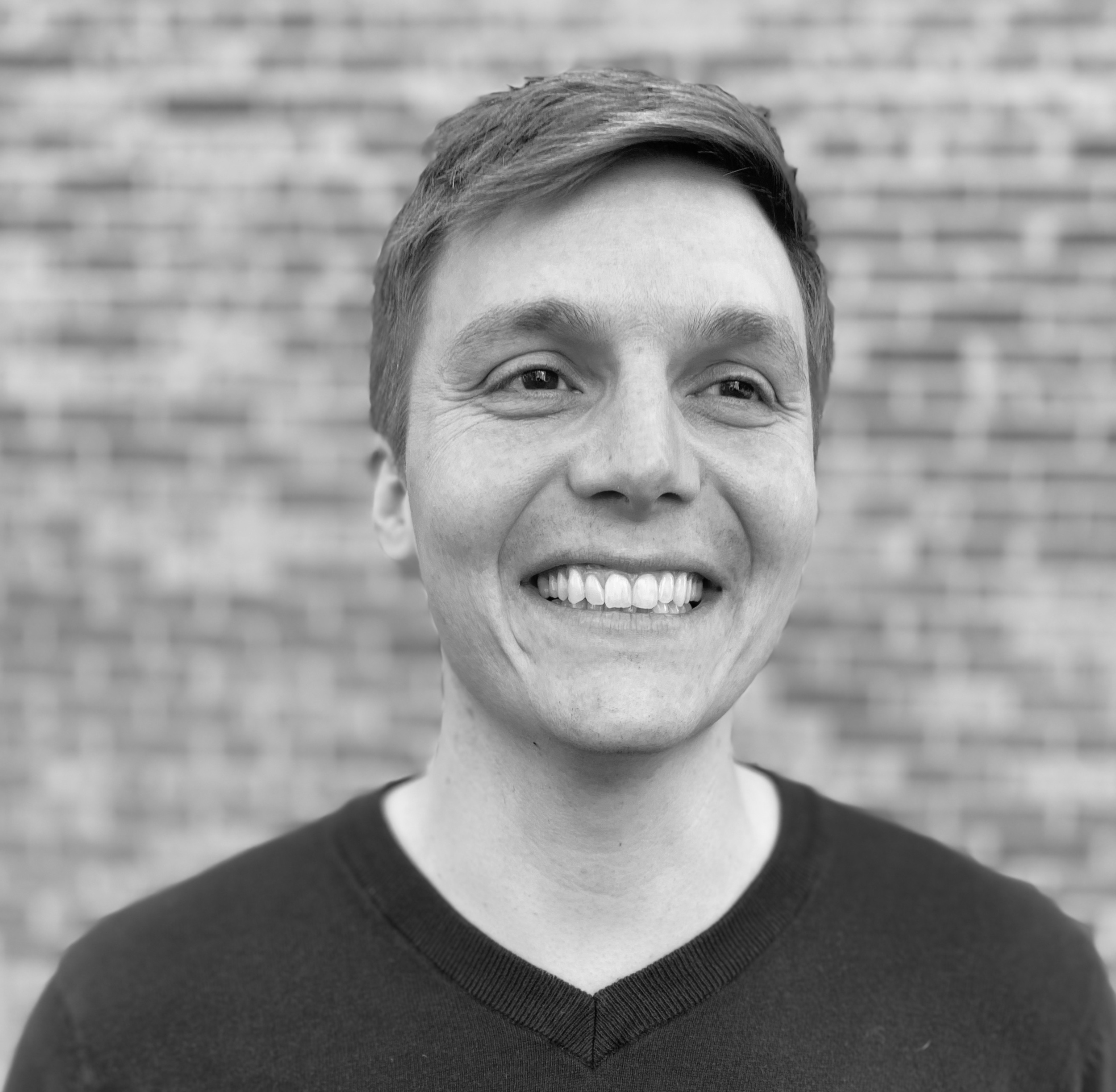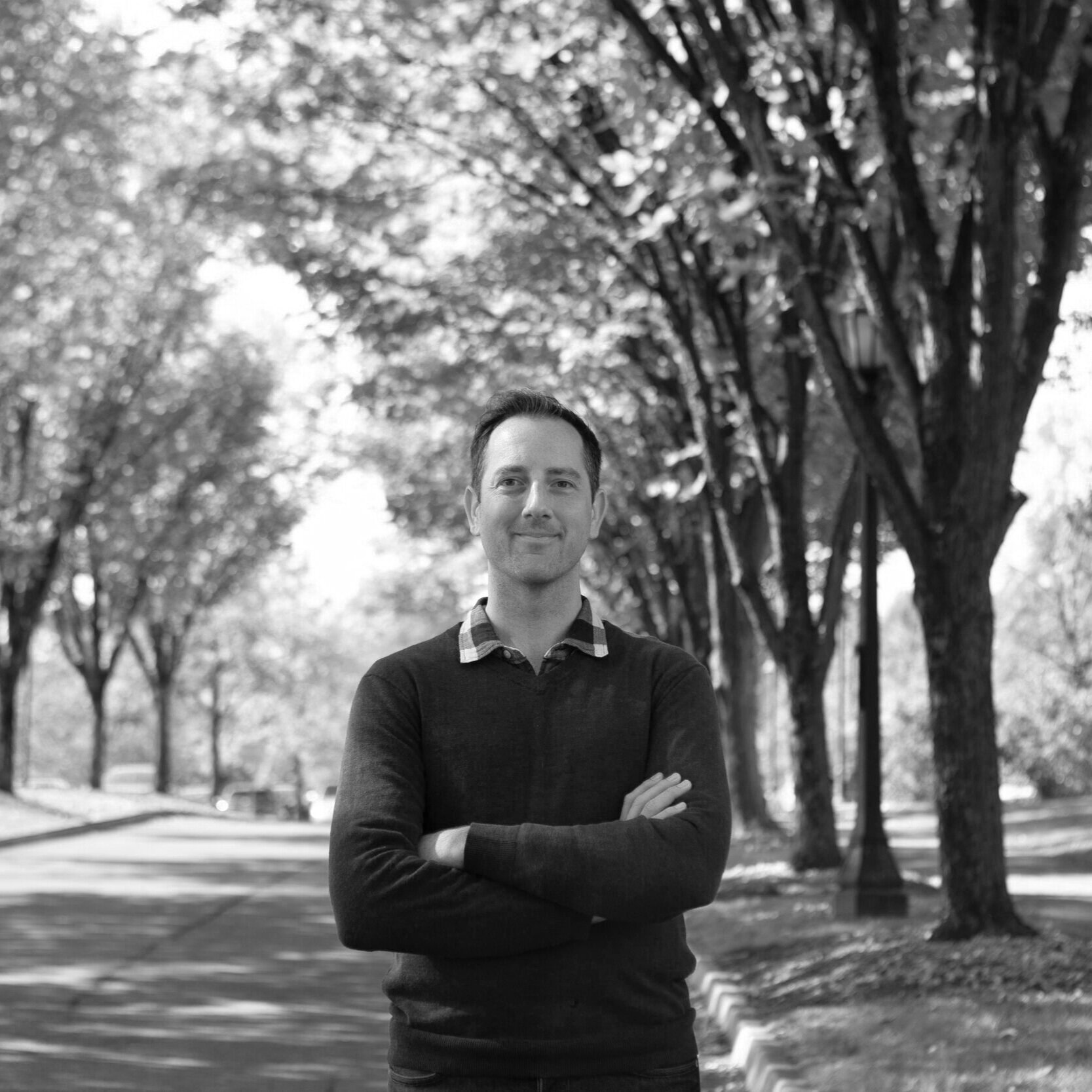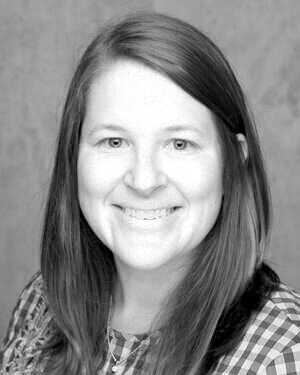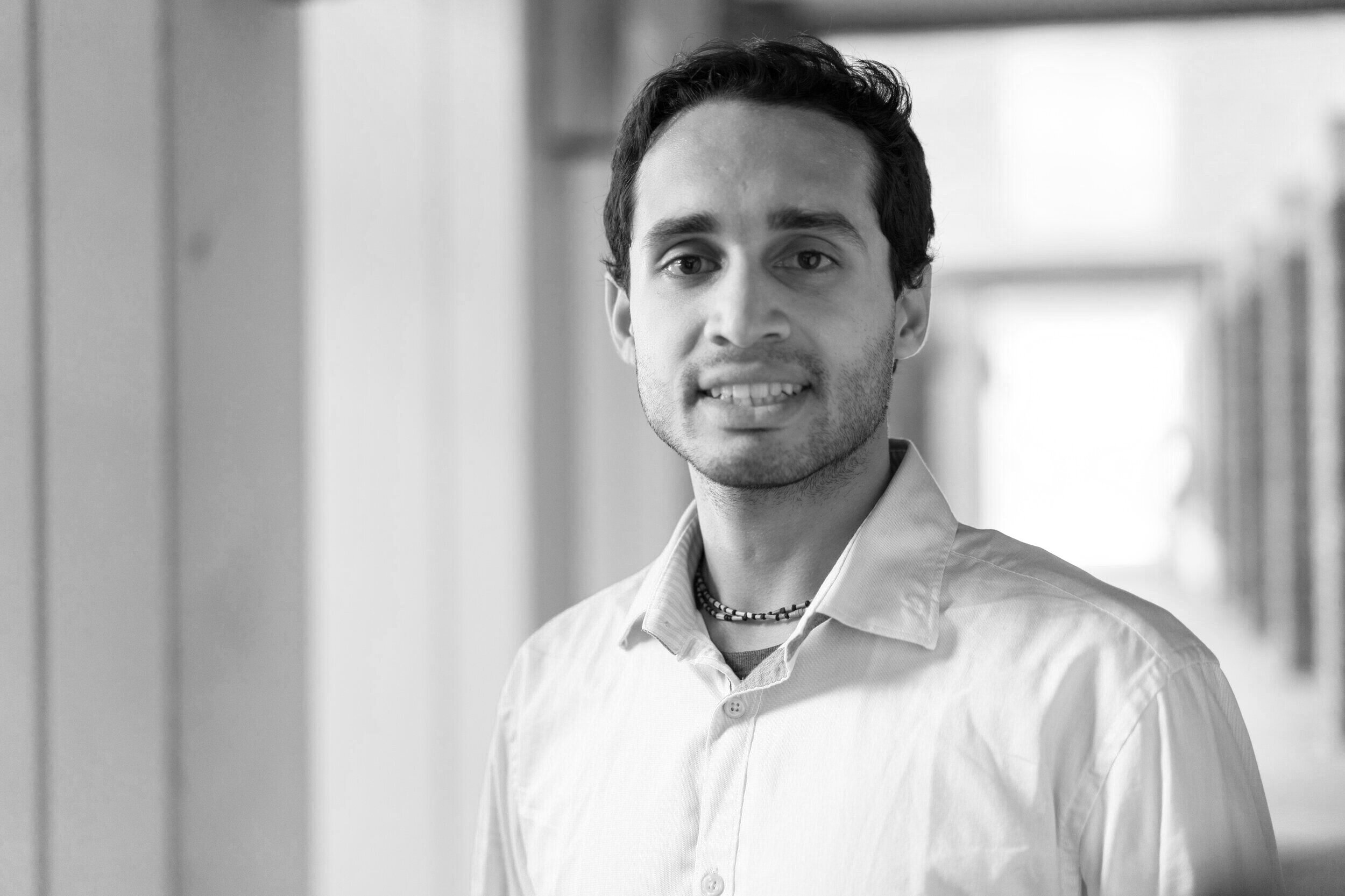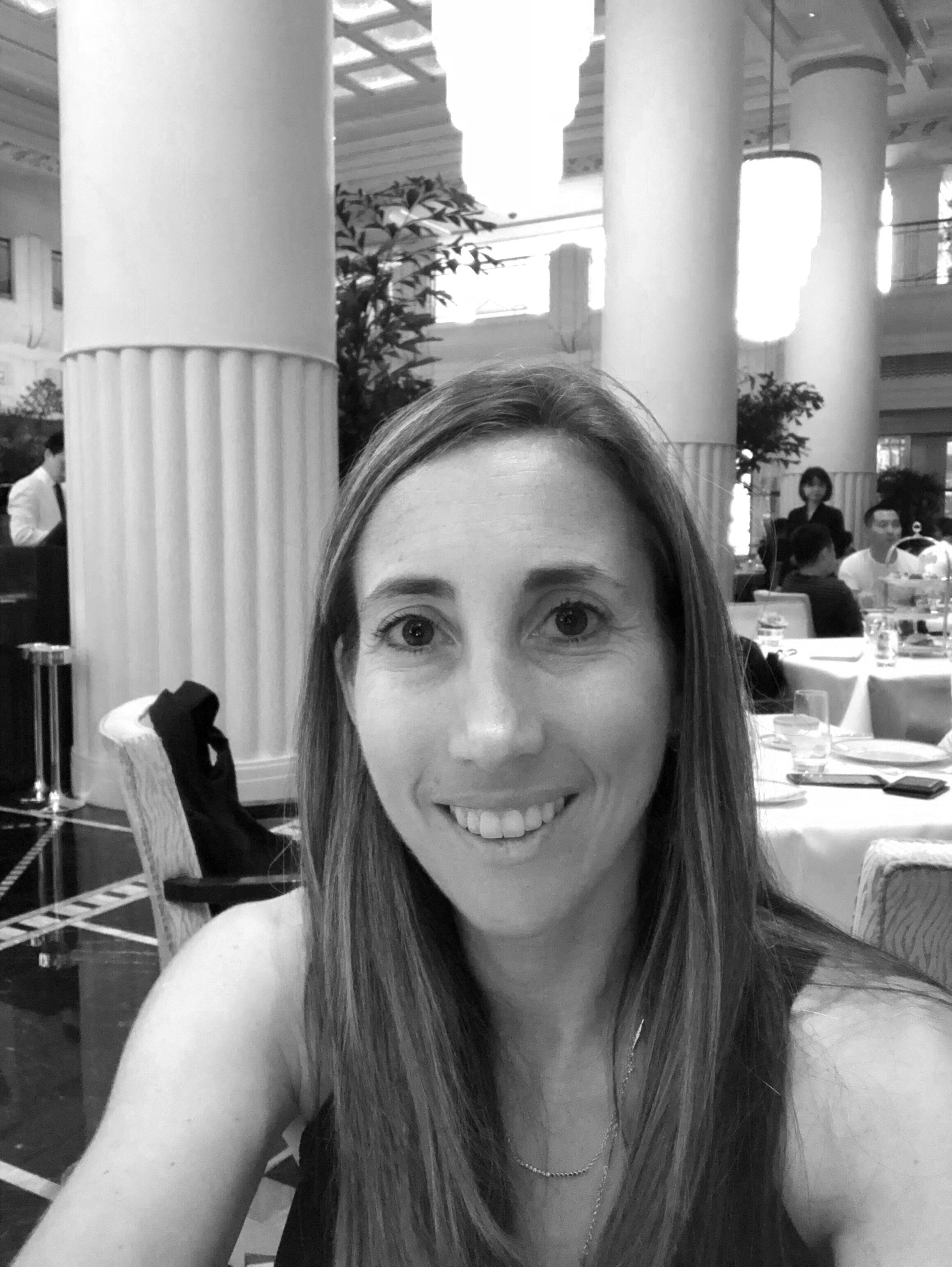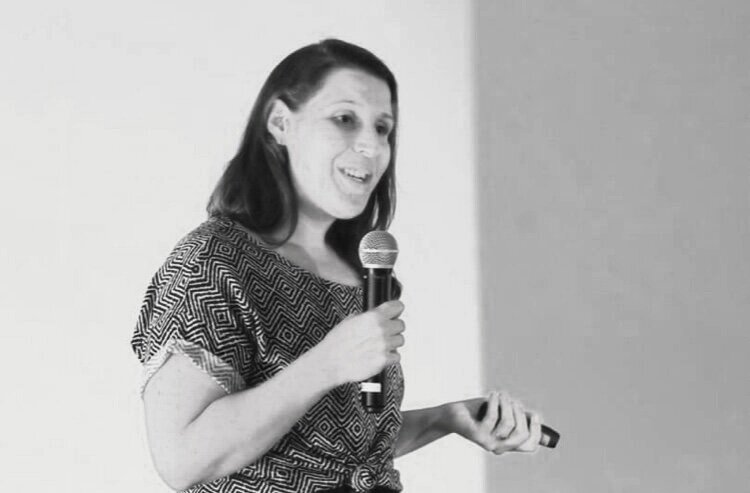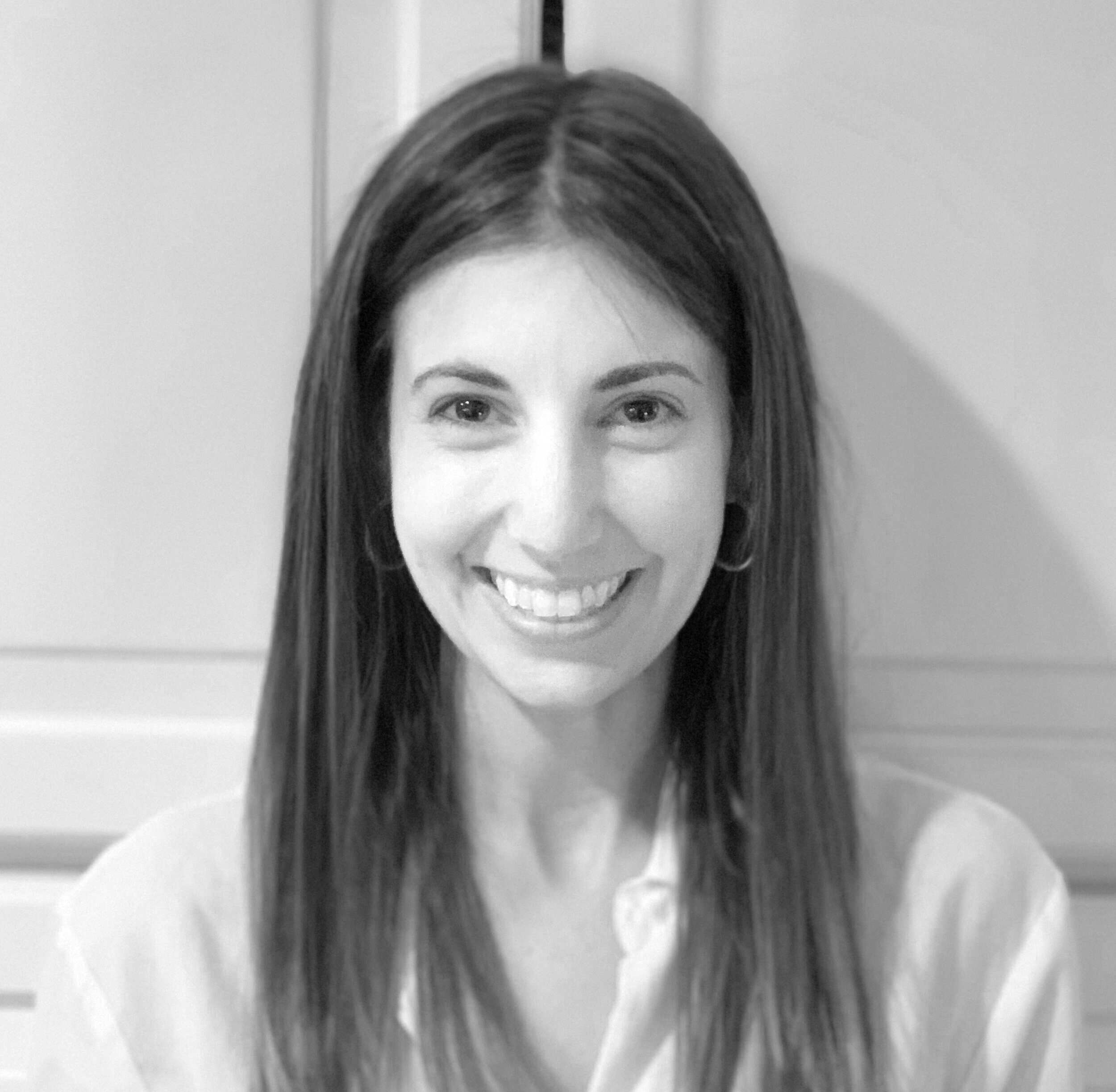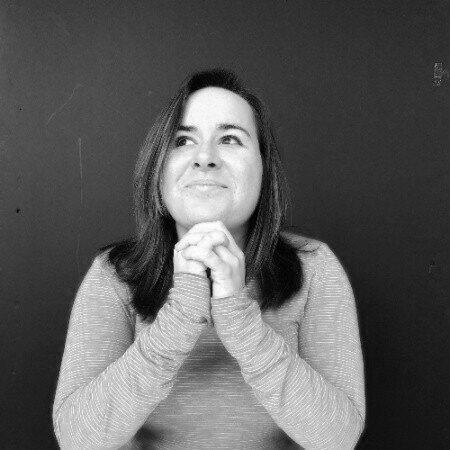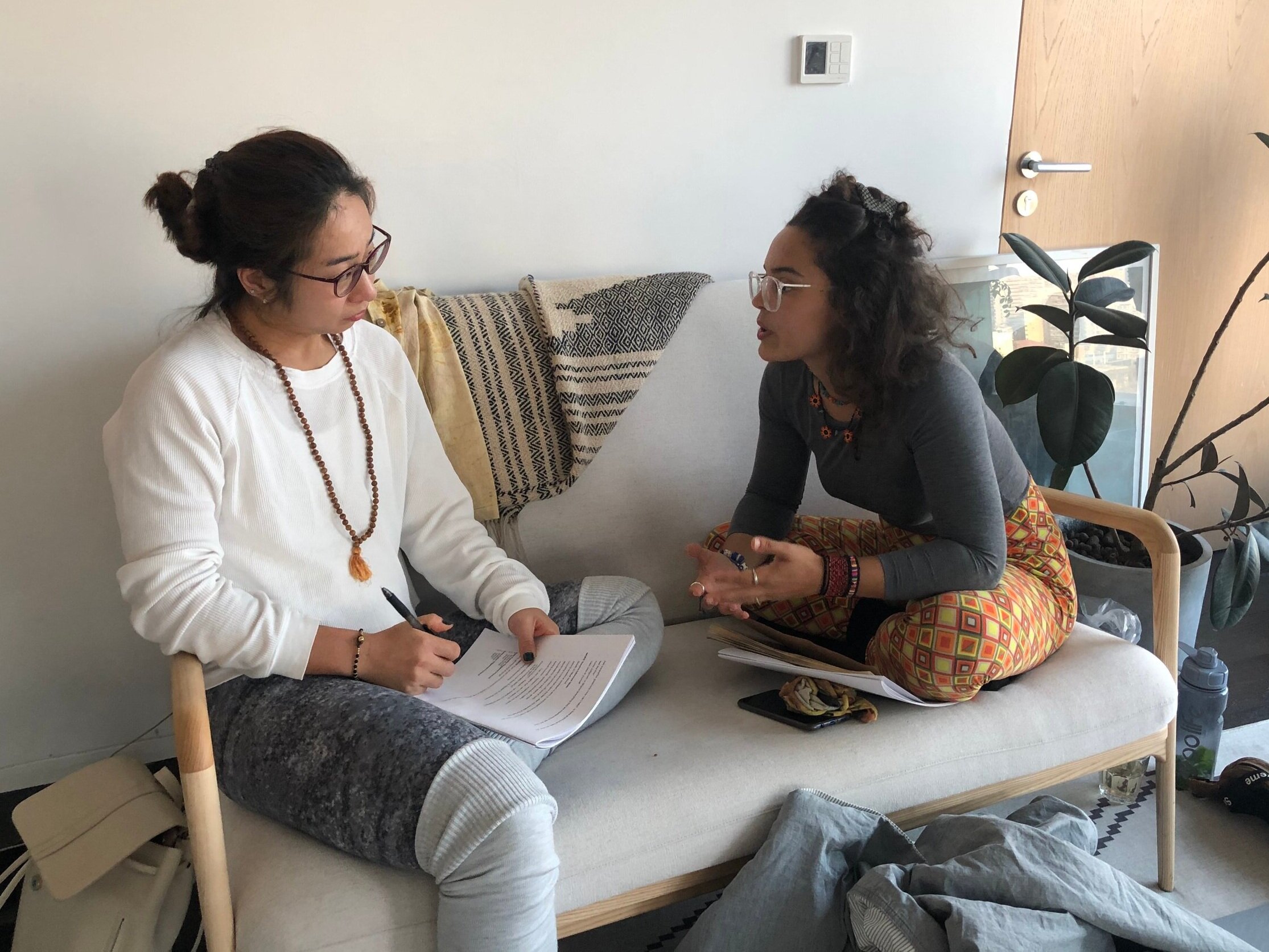Erin Henshaw and Erin James last summer at Maymont!
We are delighted you will be joining us and taking time to reconnect with your inner world and the natural world.
The theme of this program is: Relaxation and Inspiration. Our program offers mindful movement, summer somatics and opportunities for writing and creative expression. You will also have free time to hike, walk the labyrinth, write, meditate, move, reflect, eat hearty meals, and explore.
Location: 6656 Mountain Light Place, Crozet, VA 22932
Contact: erin@themindbodyproject.com
*Note: there is very little cell reception in this area, there is a landline
Weekend Itinerary:
Friday, July 12th
7:00 p.m. – Optional Zoom Check-In and Grounding:
Saturday, July 13:
11:00 a.m. - 2:00 p.m. - Check-in & Snacks
*Optional activities include: herbal tea bar, trail mix bar, hiking, labyrinth walk, porch swinging with mountain views and meditation.
*light snacks provided; BYO Lunch to picnic if desired!
2:00 - 3:00 p.m. - Welcome Circle and Introductions
3:00 - 4:30 p.m. - Summer somatics and meridians session with Erin H.
5:00 - 5:45 p.m. - Writing Session with Erin J. (bring notebook/pen/pencil)
6:30 p.m. - Dinner (vegetarian)
8:00 - 9:00 p.m. - Candlelight Yin Yoga with Erin J.
*Accommodation is single or double, as requested.
Sunday July 14:
7:45 - 8:30 a.m. - Tea
8:30 - 9:45 a.m. - Yoga and Meditation with Erin J.
10:00-11:00 a.m. - Brunch (vegetarian)
11:15am - 12:30 p.m. - Closing circle with Both Erins
Amazing Places to Visit Nearby in Crozet:
Nature
Patricia Bynum Nature Reserve - Trails and picnic tables
WildRock - Just next door, family-friendly nature center
Mint Spring Park - Trails, lake swimming, fishing, beautiful mountain views
Sugar Hollow - Hiking, water holes
Chiles Peach Orchard - Peach picking, snacks and market
Food
Crozet Pizza - Famous pies in Crozet!
Fardowners Restaurant - lots of local American favs, good brunch!
Crozet Creamery - Locally made ice cream, including Chiles peaches!
Drink and Other
Pro Re Nata Brewery - Outdoor brewery, often frequented by music and food trucks
Bluebird and Co Bookshop and Gifts
Stinson, Knight’s Gambit and Grace Estate Wineries



















